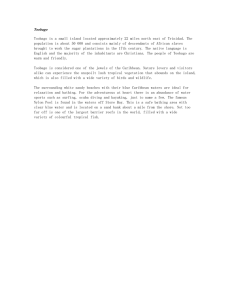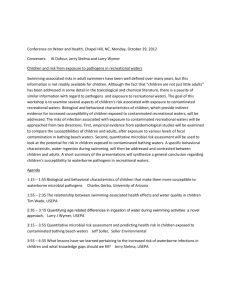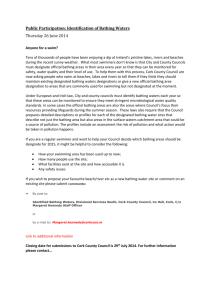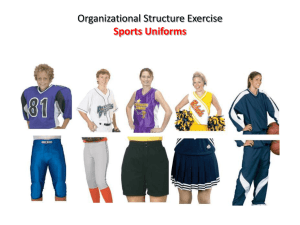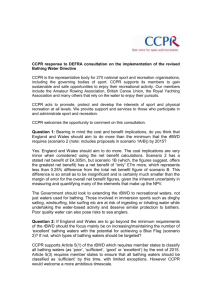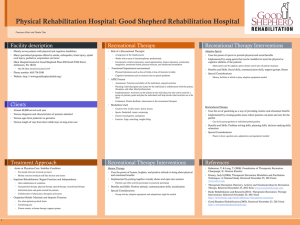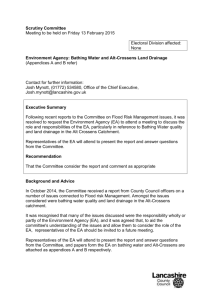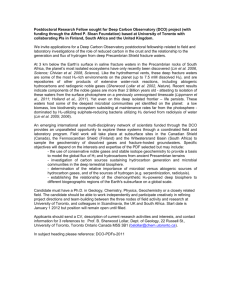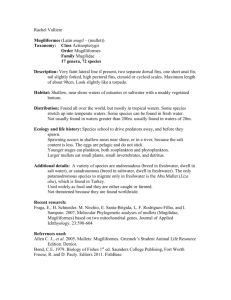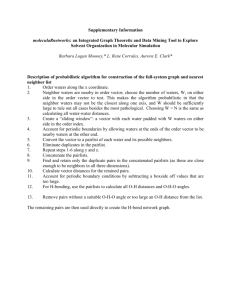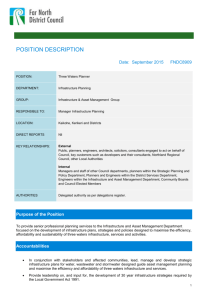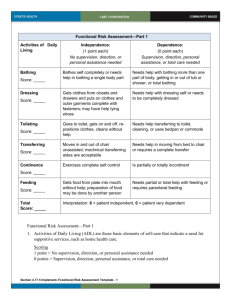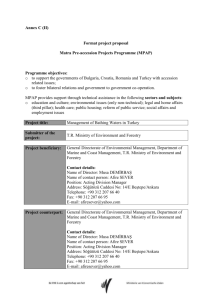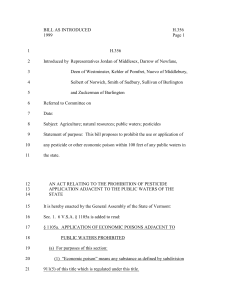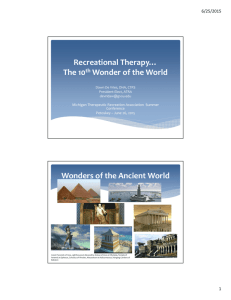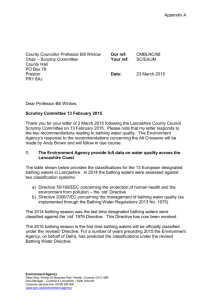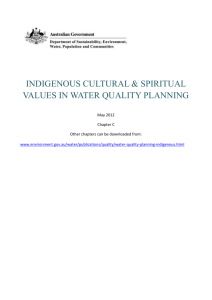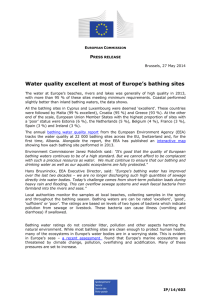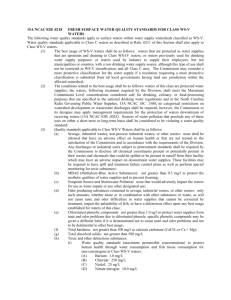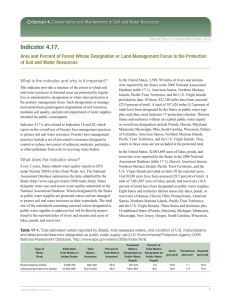Recreational
advertisement
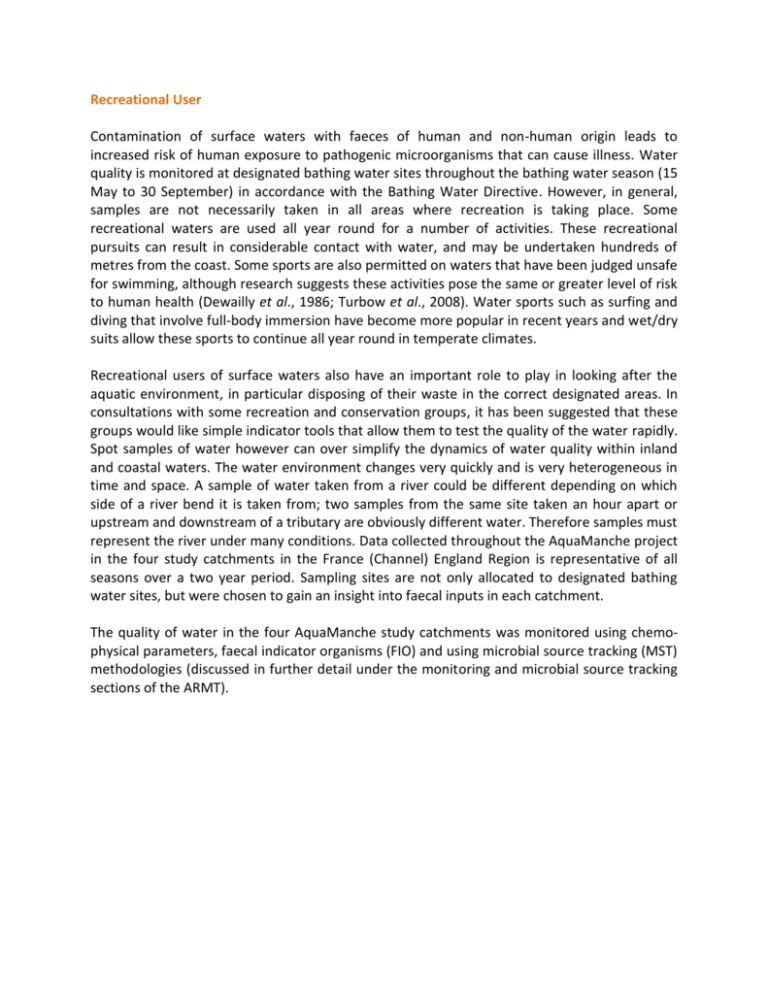
Recreational User Contamination of surface waters with faeces of human and non-human origin leads to increased risk of human exposure to pathogenic microorganisms that can cause illness. Water quality is monitored at designated bathing water sites throughout the bathing water season (15 May to 30 September) in accordance with the Bathing Water Directive. However, in general, samples are not necessarily taken in all areas where recreation is taking place. Some recreational waters are used all year round for a number of activities. These recreational pursuits can result in considerable contact with water, and may be undertaken hundreds of metres from the coast. Some sports are also permitted on waters that have been judged unsafe for swimming, although research suggests these activities pose the same or greater level of risk to human health (Dewailly et al., 1986; Turbow et al., 2008). Water sports such as surfing and diving that involve full-body immersion have become more popular in recent years and wet/dry suits allow these sports to continue all year round in temperate climates. Recreational users of surface waters also have an important role to play in looking after the aquatic environment, in particular disposing of their waste in the correct designated areas. In consultations with some recreation and conservation groups, it has been suggested that these groups would like simple indicator tools that allow them to test the quality of the water rapidly. Spot samples of water however can over simplify the dynamics of water quality within inland and coastal waters. The water environment changes very quickly and is very heterogeneous in time and space. A sample of water taken from a river could be different depending on which side of a river bend it is taken from; two samples from the same site taken an hour apart or upstream and downstream of a tributary are obviously different water. Therefore samples must represent the river under many conditions. Data collected throughout the AquaManche project in the four study catchments in the France (Channel) England Region is representative of all seasons over a two year period. Sampling sites are not only allocated to designated bathing water sites, but were chosen to gain an insight into faecal inputs in each catchment. The quality of water in the four AquaManche study catchments was monitored using chemophysical parameters, faecal indicator organisms (FIO) and using microbial source tracking (MST) methodologies (discussed in further detail under the monitoring and microbial source tracking sections of the ARMT).
